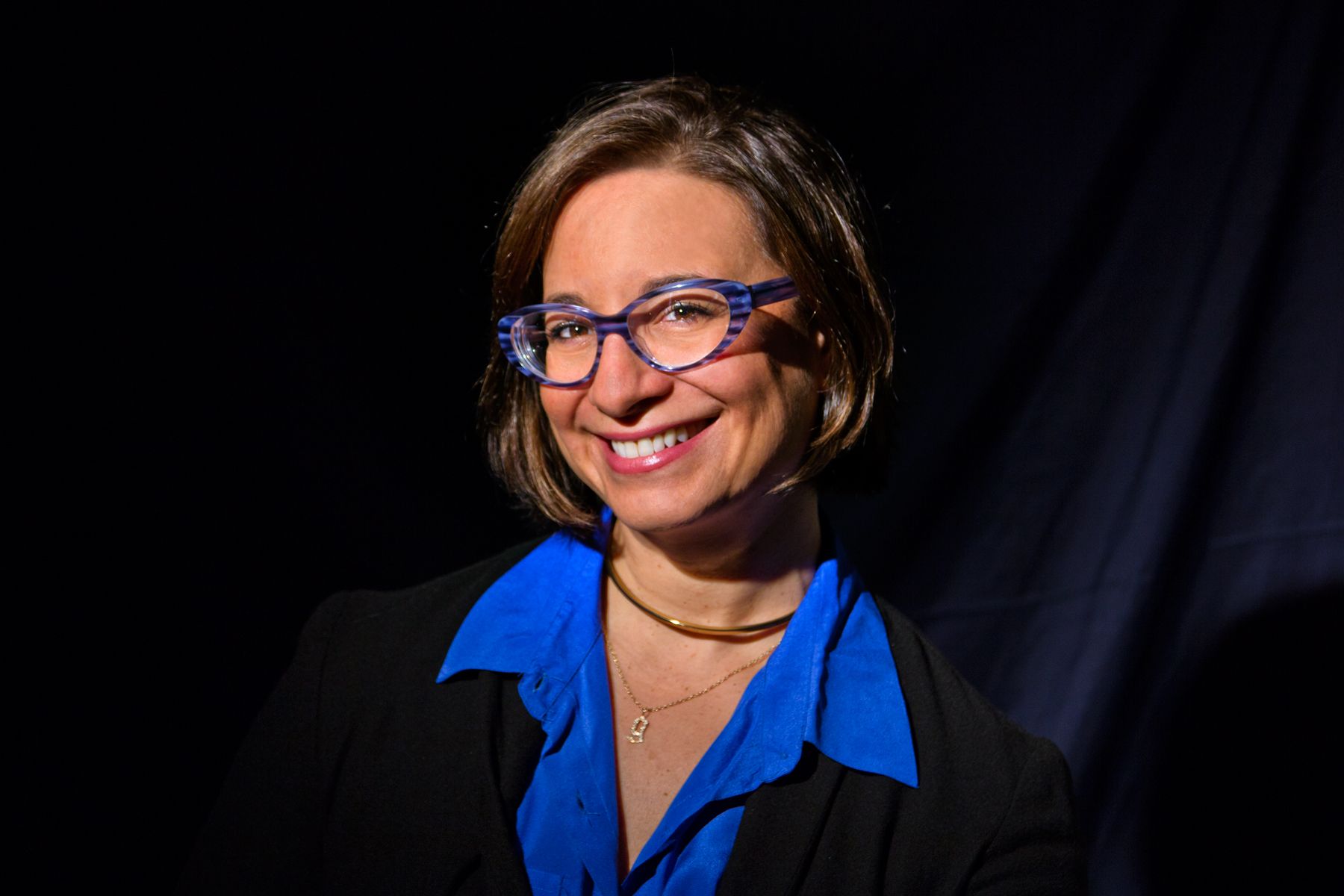Article
Why ophthalmology needs PR to boost exposure
In her latest blog, Georgette Pascale gives advice to the ophthalmic industry on rising above the noise and getting noticed to improve patient care.
Editor’s Note: Welcome to “Eye Catching: Let's Chat,” a blog series featuring contributions from members of the ophthalmic community. These blogs are an opportunity for ophthalmic bloggers to engage with readers with about a topic that is top of mind, whether it is practice management, experiences with patients, the industry, medicine in general, or healthcare reform. The series continues with this blog by Georgette Pascale, president and chief executive officer of Pascale Communications. The views expressed in these blogs are those of their respective contributors and do not represent the views of Ophthalmology Times or UBM Advanstar.
Although many people believe public relations (PR) exists to spin the news, it actually serves clients in a much more positive and beneficial fashion when it is starting the conversation, rather than changing it.

Georgette Pascale
Outreach and advocacy are a huge part, and yet, educating the various stakeholders is how PR garners interest from the media and public. All of these elements-advocacy, outreach, and education-combine to make an effective and comprehensive campaign.
Did you know these 7 men were ophthalmologists?
Every once in a while, PR gets the chance to target education directly to the end user-the public-and when it does, it is often an opportunity to help them address an unmet need.
By making consumers aware of clients’ goods and services, PR provides a connection between a need and solution they may never have known existed-and when talking about healthcare, PR is helping patients connect with things that benefit their health.
Today’s consumer is more aware of this than ever before because just about anything and everything is available on the Internet. Informed consumers arrive at the store knowing what they want, and, often, what they want to pay.
Should high-volume surgeons have surgical privileges?
Healthcare consumers (patients) also want to know their options before they get to the doctor, and they often arrive in the doctor’s office with a diagnosis in mind.
Next: Want to rise above the noise?
But not all the information patients get online is of equal value. The Internet may be a valuable research tool for patients, but it can also be a repository of misinformation and misdirection. So, if PR does not actively educate patients . . . where will they get the information they want and what will be the quality of that information?
Best ophthalmic hospitals for 2015
All of this reminds me of a meme depicting Abraham Lincoln that that has been circulating on the Internet for quite a while now. It says:
“Don’t believe everything you read on the Internet just because there is a picture and quote next to it.”
-Abraham Lincoln
I mean, Honest Abe didn’t gain a reputation as one of the wisest U.S. presidents in history for nothing, right?
However, if one can rise above the noise of bad information, there is tremendous power in the ability to introduce patients to products with the capacity to alter their lives for the better.
Should aging doctors be tested for competency?
One campaign, for instance, promotes awareness of a procedure that is an alternative to drug therapy for the resolution of gastroesophogeal reflux disease. There is emerging science that some of those drugs may cause nutrition deficits or lead to an increased risk of heart attack if they are used long term.
In addition, they are costly for consumers and the healthcare system.
Next: Finding the middle ground for success
This procedure has existed for over a decade, but few people know that it serves as a middle-ground approach between drug therapy and surgery to address a disease that is, in many cases, the precursor to esophageal cancer, the fastest-growing cancer in the United States.
While this procedure had been in existence for more than 10 years, it wasn't until a public relations campaign built consumer awareness through physician case studies and first-hand patient testimonials that physicians began to report patients requesting information on the procedure.
Top 10 ophthalmic advancements over past 20 years
Another instance of significant benefits in a grass-roots education campaign is with a pharmaceuticals company which manufacturers compounded injectable formulations administered during cataract surgery, and which help patients avoid costly and hard-to-follow postoperative care protocols.
Significant inroads have been made by promoting these benefits to ophthalmic surgeons, and their enthusiasm was easily transferable to patients, who were relieved to hear they wouldn’t have to pay out of pocket for a pricey drop therapy regimen or adhere to a complicated dosing schedule.
But perhaps one of the best public education success stories I can share is about another company which manufactures a stent placed in the eye to help alleviate IOP issues in patients with glaucoma.
What is fascinating about this company is that its lead product was developed almost exclusively based on venture funding because there was an unmet need in glaucoma to offer patients an alternative to drop therapy. So, this is a company with a very personal story (one of the original funding sources had a family member with glaucoma) that is easily relatable to consumers, and the entire narrative, from company inception to product offerings, is all about unmet needs.
Next: Connecting patients with solutions
Proactive PR through education serves a definite purpose in today’s marketplace.
Because, as much as PR is helping clients grow awareness, in the end, it is also helping to connect patients with the solutions they may have known even existed.
Newsletter
Don’t miss out—get Ophthalmology Times updates on the latest clinical advancements and expert interviews, straight to your inbox.




